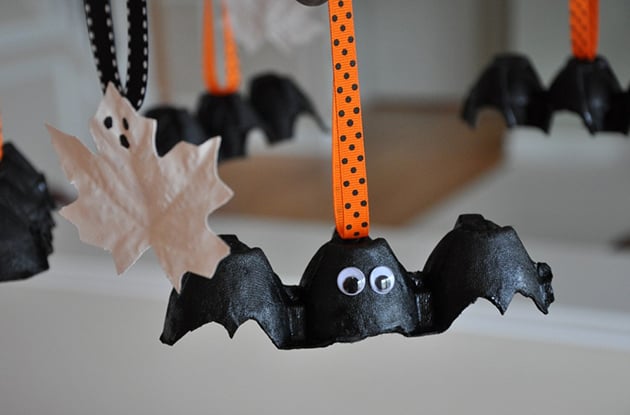Get the Best Family Activities
General Winter Safety
AAOS Expert Advice: "It takes only minutes for exposed skin to become frostbitten if the temperature falls below 20 degrees Fahrenheit and the wind is blowing at 20 miles per hour or more," said Rachel Rohde, MD ,orthopaedic surgeon at the William Beaumont Hospital in Michigan and spokesperson for the AAOS. "Your hands, fingers, feet, toes, and ears are especially susceptible, so you need to take special care protecting them."
Winter Safety Tips:
- Dress appropriately. Light, layered, water-repellent clothing provides both ventilation and insulation. It also is important to wear the appropriate head coverings, as well as mittens or gloves and thick, warm socks. Take a break if you feel yourself getting too hot or too cold.
- Check the weather for snow and ice conditions prior to participating. Pay attention to warnings about upcoming storms and severe drops in temperature to ensure safety while outdoors. Skiers, sledders and snowboarders should make adjustments for icy conditions, deep snow powder, wet snow, and adverse weather conditions.
- Avoid frostbite:
- Protect your head, hands and feet. Substantial heat loss occurs through the scalp, so head coverings are vital. Mittens are warmer than gloves, and two pair of socks (wool over lightweight cotton) will help keep your feet warm.
- Don't drink or smoke before going out into the cold. If you plan on being out in the cold for a prolonged period, don't drink or smoke. Alcohol, caffeine and nicotine leave the skin more prone to thermal injury.
- If you get wet, get inside! Remove wet clothing as quickly as possible.
- Check yourself every half-hour or so for signs of frostbite. If your toes, fingers, ears or other body parts feel numb, get inside.
Also see: Don't Let a Snow Forecast Also Forecast Your Heart Attack
Protecting Kids from the Dangers of the Cold









